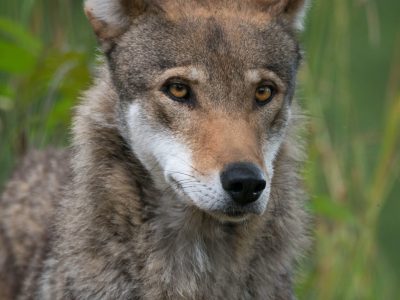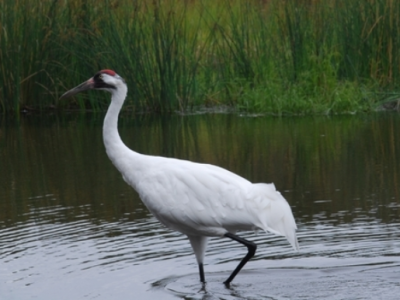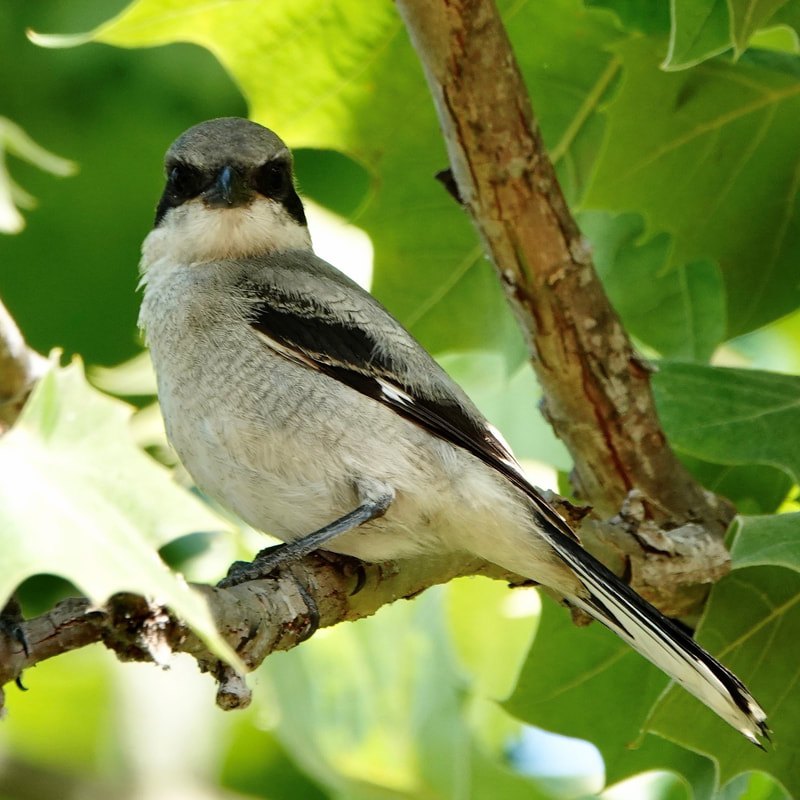Our North American Species Programs
While C2S2 historically has focused on larger-sized, more charismatic animals, mostly because such species require the space unique to the Conservation Centers, many also work to assist in recovery of species native to North America. Conservation Centers have partnered together to assist with three focal species: Red Wolf, Whooping Crane and Loggerhead Shrike.




